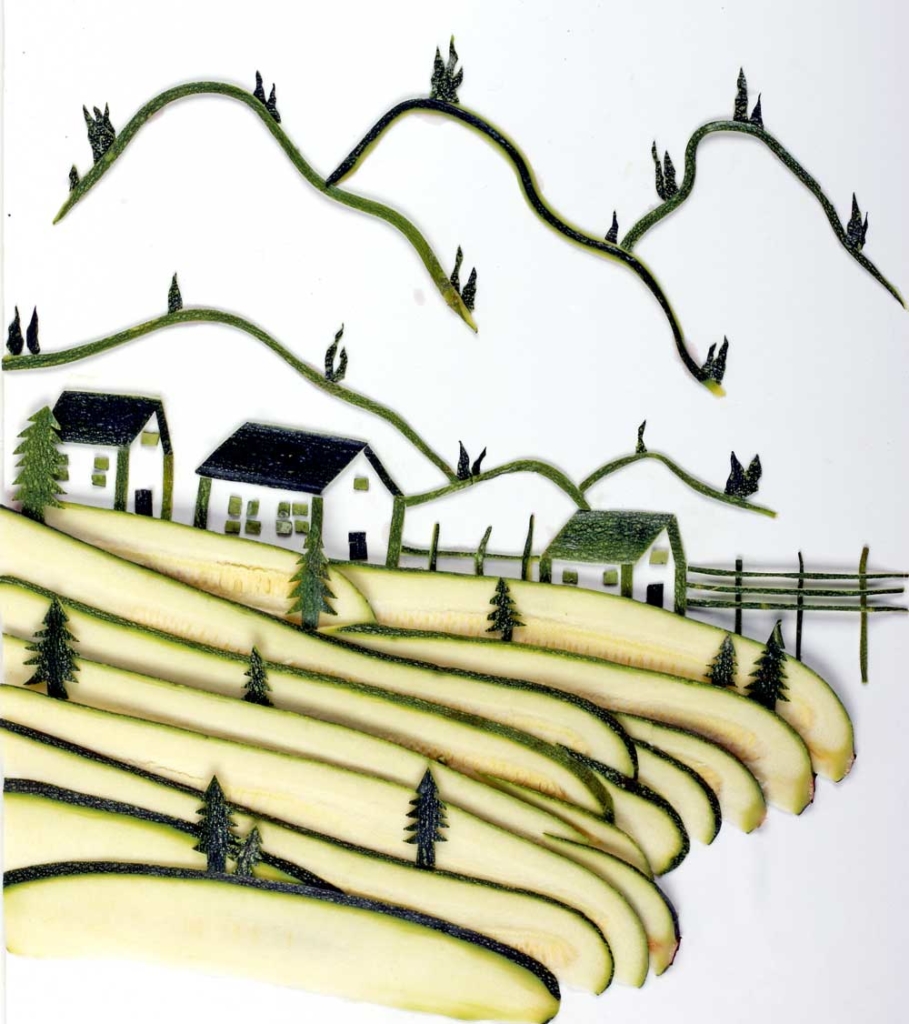Professional Food Stylist Dubai – Call: 050 7744164
Remember that becoming a successful food photographer takes time, patience, and dedication. Keep refining your skills, staying updated with industry trends, and continuously seeking opportunities to showcase your talent. Over time, your portfolio will grow, and your reputation in the industry will strengthen.
- Invest in Props and Backgrounds:
- Collect a variety of props, such as dishes, utensils, linens, and backgrounds, to enhance your food compositions.
- Consider using different surfaces like wood, marble, or textured backgrounds to add depth and interest to your photos.
- Understand Color and Composition:
- Learn how colors interact in photography and how to use color harmoniously in your food compositions.
- Study composition techniques like the rule of thirds, leading lines, and symmetry to create visually appealing images.
- Study Food Photography Resources:
- Read books, watch online tutorials, and take courses dedicated to food photography.
- Follow food photographers on social media platforms and analyze their work for inspiration.
- Practice Continuously:
- Keep practicing and experimenting with new dishes, styles, and techniques to improve your skills.
- Pay attention to feedback and critiques to refine your work.
- Networking:
- Connect with chefs, restaurants, and food bloggers in your area. Offer to collaborate on projects to build your portfolio.
- Attend food-related events, workshops, and photography meetups to network with like-minded individuals.
- Consider Formal Education:
- While not mandatory, enrolling in photography or culinary courses can provide you with a solid foundation and valuable insights.
- Market Yourself:
- Start marketing your services as a food photographer to potential clients, such as restaurants, food magazines, and food brands.
- Collaborate with local businesses to create marketing materials and build your reputation.
- Pricing and Contracts:
- Determine your pricing structure based on your skills, experience, and the local market.
- Always have clear contracts in place with your clients to protect your rights and expectations.
